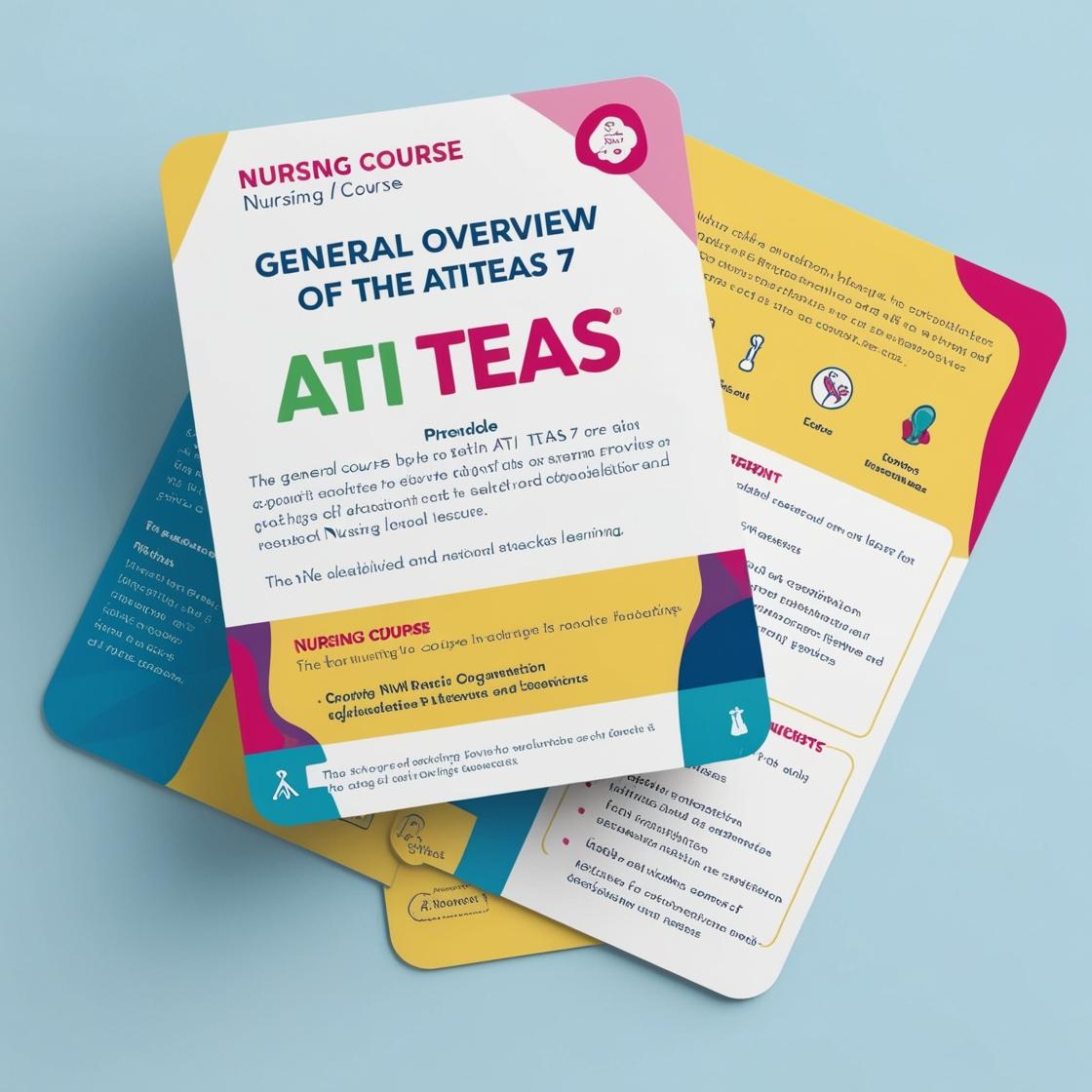ATI TEAS 7
ATI TEAS Science Practice Test
1. Which locations in the digestive system are sites of chemical digestion? I. Mouth II. Stomach III. Small Intestine
- A. II only
- B. III only
- C. II and III only
- D. I, II, and III
Correct answer: D
Rationale: Chemical digestion occurs in all three locations in the digestive system - the mouth, stomach, and small intestine. Enzymes in the saliva break down carbohydrates in the mouth, gastric juices in the stomach help break down proteins, and enzymes in the small intestine further break down macronutrients like carbohydrates, proteins, and fats. The mouth initiates the digestion of carbohydrates, the stomach digests proteins, and the small intestine continues the breakdown of carbohydrates, proteins, and fats. Choice A is incorrect because chemical digestion does occur in the mouth. Choice B is incorrect as both the stomach and small intestine are sites of chemical digestion. Choice C is incorrect as the mouth is also a location of chemical digestion, not just the stomach and small intestine.
2. What are the three types of muscle tissues?
- A. Cardiac, smooth, epithelial
- B. Skeletal, cardiac, smooth
- C. Cardiac, smooth, connective
- D. Skeletal, epithelial, connective
Correct answer: B
Rationale: The correct answer is B: Skeletal, cardiac, smooth. Skeletal muscle tissue is responsible for voluntary movement, cardiac muscle tissue is found in the heart and is responsible for involuntary heart contractions, and smooth muscle tissue is located in organs and is responsible for involuntary movements. Therefore, the three types of muscle tissues are skeletal, cardiac, and smooth. Choices A, C, and D are incorrect because they include types of tissues that are not classified as muscle tissues. Epithelial and connective tissues are different types of tissues that serve other functions in the body, not related to muscle contractions.
3. Which term refers to a position farther from the midline of the body? For example, the little toe is lateral to the big toe on the same foot.
- A. Lateral
- B. Medial
- C. Proximal
- D. Distal
Correct answer: A
Rationale: The correct answer is A: Lateral. Lateral refers to a position farther away from the midline of the body. In the example provided, the little toe is indeed lateral to the big toe on the same foot. This is in contrast to 'medial,' which means closer to the midline. 'Proximal' refers to a position closer to the point of attachment or the trunk of the body, while 'distal' refers to a position farther from the point of attachment or the trunk of the body.
4. What hormones are produced in the ovaries, and what are their functions?
- A. Insulin: regulates blood sugar levels
- B. Progesterone: stimulates uterine lining growth
- C. Adrenaline: increases heart rate
- D. Cortisol: regulates stress response
Correct answer: B
Rationale: The correct answer is B. Progesterone, produced in the ovaries, stimulates uterine lining growth and plays a crucial role in regulating the menstrual cycle. Insulin is produced in the pancreas to regulate blood sugar levels, not in the ovaries. Adrenaline is produced by the adrenal glands and increases heart rate in response to stress or danger, not in the ovaries. Cortisol, also produced by the adrenal glands, helps regulate the body's response to stress, not in the ovaries.
5. How are the motor pathways of the ANS arranged?
- A. Single neuron from CNS to target organ
- B. Two neurons, a pre-ganglionic and post-ganglionic neuron
- C. Multiple neurons from CNS to target organ
- D. Single neuron from CNS to peripheral ganglia
Correct answer: B
Rationale: The correct answer is B. The motor pathways of the autonomic nervous system (ANS) are organized with two neurons: a pre-ganglionic neuron that transmits the signal from the central nervous system (CNS) to a ganglion, and a post-ganglionic neuron that conveys the signal from the ganglion to the target organ. This dual-neuron pathway enables the integration and modulation of signals before reaching the target organ, allowing for a more sophisticated and adaptable control system. Choice A is incorrect as it describes a single neuron pathway, which is not characteristic of ANS motor pathways. Choice C is incorrect as it suggests multiple neurons from the CNS to the target organ, which is not the typical arrangement. Choice D is incorrect as it describes a single neuron pathway from the CNS to peripheral ganglia, which does not account for the ganglionic transmission in ANS motor pathways.
Similar Questions

Access More Features
ATI TEAS Premium Plus
$149.99/ 90 days
- Actual ATI TEAS 7 Questions
- 3,000 questions with answers
- 90 days access
ATI TEAS Basic
$99/ 30 days
- 3,000 Questions with answers
- 30 days access
